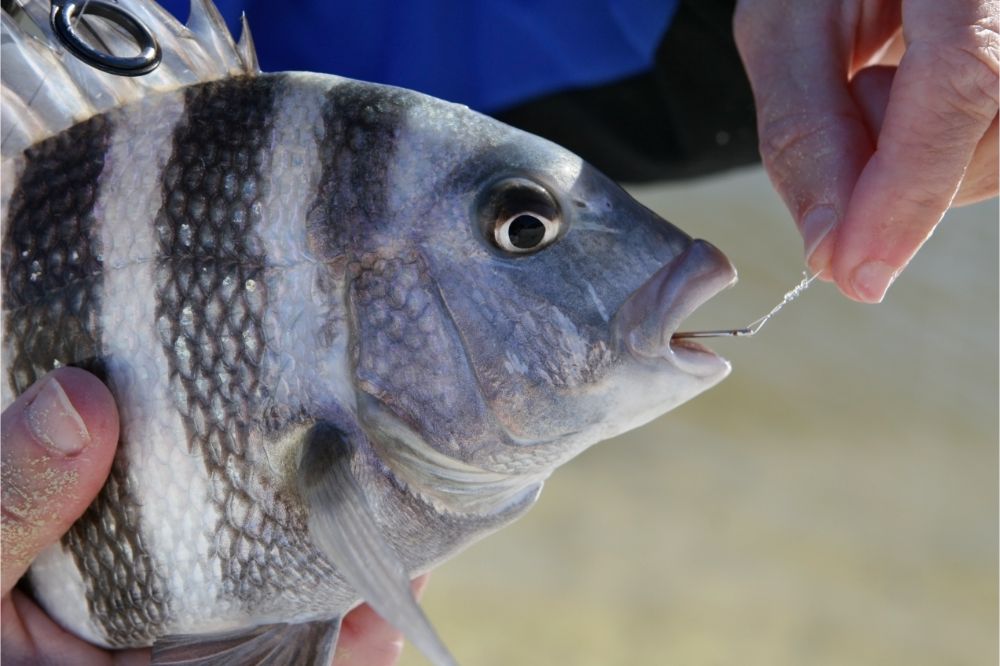
Surf Fishing Catch And Release Best Practices
Responsible surf fishing goes beyond just a hobby. It’s about recognizing our impact on the marine ecosystem and making conscious decisions to protect it. Your actions as an angler can significantly influence the health of fish populations and aquatic habitats.
When it comes to the ocean, overfishing is a major issue. The depletion of fish stocks disrupts the balance of the ecosystem, affecting not only the targeted fish species but the entire food chain. Being mindful of how many fish you catch and sticking to legal limits helps in avoiding overexploitation.
Anglers play a crucial role in marine conservation. By adopting sustainable fishing practices and encouraging others to do the same, you help protect fish populations for future generations. Practicing catch and release is one way to contribute positively. It allows fish to return to their habitat, grow, and reproduce. This practice supports the overall health and diversity of marine life.
Being an ethical fisherman is about more than just following the rules. It’s about respect for nature and its inhabitants. Using proper techniques to handle and release fish, avoiding harm to marine life, and cleaning up after yourself are all part of good angler ethics. Your individual efforts, though they may seem small, collectively make a big difference towards sustainable fishing.
Catch and Release Techniques for Surf Anglers
To make catch and release effective and humane, there are vital techniques and practices every surf angler should follow. Proper handling minimizes stress and injuries to the fish. Using wet hands or wet gloves reduces the risk of removing the fish’s protective slime layer, which is its first line of defense against infections.
Selecting the right gear can make a big difference. Circle hooks are a great choice because they are designed to hook the fish in the corner of the mouth, making hook removal easier and less damaging. Avoid using stainless steel hooks as they take longer to corrode if lost. Barbless hooks or pinching down the barbs can also help in reducing injury during the release of the fish.
Releasing a fish safely is more than just throwing it back into the water. Support the fish gently in the water, facing it into the current to ensure proper oxygenation as it recovers. Take the time to revive the fish, waiting until it swims away on its own power. This attentive process improves the chances of the fish surviving and continuing to thrive.
Remember, each interaction with a fish counts. Taking the time to practice these techniques not only supports the fish you’re releasing but also sets a positive example for other anglers. Implementing these practices consistently helps maintain robust fish populations in our surf zones.
Specific Guidelines for Catch and Release in California
Being aware of local regulations and guidelines is essential for surf anglers in California. State rules are designed to protect vulnerable species and their habitats. Abiding by these regulations not only ensures that you fish legally but also promotes conservation efforts.
California has specific regulations for different species and fishing areas. Certain fish are protected due to their declining populations or ecological significance. It’s critical to know which species are off-limits or have specific catch limits. Seasonal restrictions are also common, aimed at protecting spawning populations and ensuring fish have the chance to reproduce.
Surf anglers must also be aware of the unique environmental conditions along California’s coastline. The diverse marine ecosystems here require consideration of factors like tide patterns, water temperatures, and local wildlife. Adjusting your fishing techniques accordingly helps mitigate unintended harm to the environment.
Using best practices tailored to California’s surf environment is vital. When dealing with sensitive surf zones, be cautious of your footprint. Surf ecosystems can be fragile; disturbances to the sand and water can impact both fish and their habitats. Always pick up trash and fishing gear to maintain cleanliness and promote a healthier environment.
Contributing to the Conservation of Surf Fish Populations
Surf anglers have a unique opportunity to contribute significantly to the conservation of marine fish populations. Involvement in local conservation programs and campaigns can amplify individual efforts. By joining initiatives like beach cleanups or local fishing clubs focused on sustainability, anglers can support broader conservation projects and initiatives.
Collecting data and reporting your catches can provide valuable information for scientific research. Many programs rely on citizen scientists to track fish populations, migration patterns, and health assessments. Accurate records of your catches, even when released, help researchers understand the current state of fish populations and develop effective conservation strategies.
Education is a powerful tool for conservation. Sharing knowledge and best practices with fellow anglers and the community at large creates a ripple effect. Hosting workshops or talks at community centers, participating in online forums, or simply discussing responsible fishing practices at the local tackle shop can raise awareness and encourage more anglers to adopt sustainable fishing habits.
Every effort towards conservation counts, no matter how small. By staying informed, adhering to best practices, and encouraging others to do the same, you contribute to preserving the vitality of surf fish populations for future generations to enjoy. Your commitment to responsible surf fishing has a direct and positive impact on the health of our oceans.
